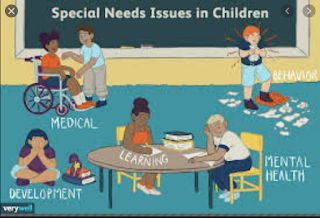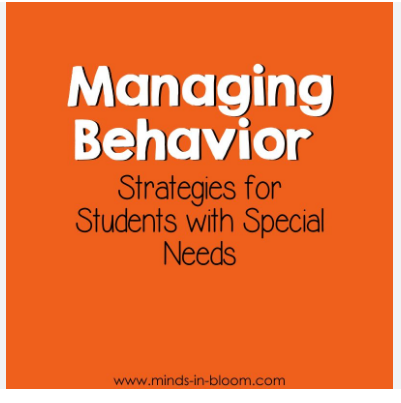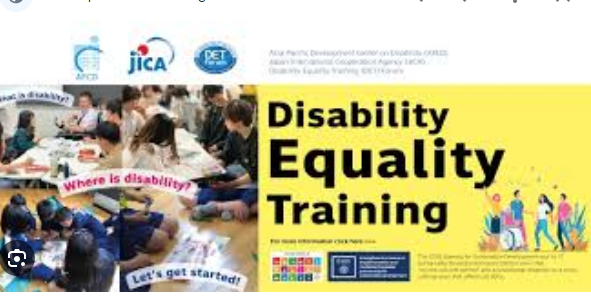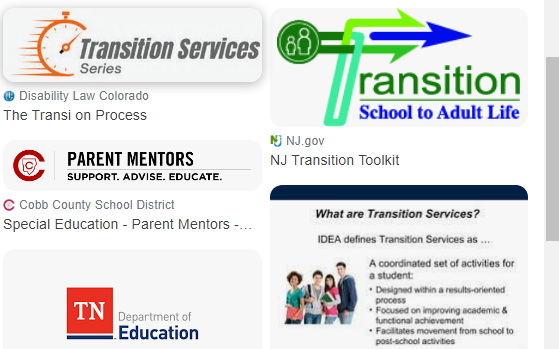Lecture 3: Notes -Ableism
Ableism
Ableism is a form of discrimination or prejudice against people with disabilities.
The ableist societal world-view is that the able-bodied are the norm in society, and that people who have disabilities must either strive to become that norm or should keep their distance from able-bodied people.
A disability is thus, inherently, a bad thing that must be overcome. The ableist worldview holds that disability is an error, a mistake, or a failing, rather than a simple consequence of human diversity, akin to race, gender, or sexual orientation.
Some examples everyday life ableism:
- Lack of infrastructure in public facilities (wheelchair ramps/lifts/bridges)
- The use of potentially or historically offensive terms to refer to a disability.
- The refusal to hire individuals based on their disability, unless the refusal is justifiable on the grounds of workplace safety or productivity. In most cases the workplace is wheelchair inaccessible including washrooms
- The refusal to provide basic services to an individual because of their disability.
- The refusal to allow for the access of service animals into a facility (guide dogs, hearing dogs, et cetera).
- denying persons decision making capabilities in their own lives (e.g. forced sterilization, decision making in terms of housing, etc)
- refusing to give the level of respect due to a person,
Ways to Avoid Everyday Ableism
1.Don’t Use Handicapped Restrooms
Accessible restrooms are adapted for a reason, not just for the luxury of added space or privacy.
2.Don’t assume that disability is inability
3.Don’t Address people with disability through an Able-Bodied Person
For example John is physically impaired; and because of this impairment, he’s perceived socially as a small child incapable of processing direct speech. As a result on different occasions people ask her mom if he’s able to speak while he’s right next to her and clearly listening.
4.Don’t Ask ‘What Happened’
People with disabilities are often subjected to many and continuous questions, people frequently ask them for the truth or origin story of their condition. Disability is usually (and misguidedly) associated with a moment of trauma, like an accident.
5.Make Sure All Venues Are Accessible
If they’re not, think about how they can be modified, or prepare an alternative path.
6.Legislation can help break down barriers
so advocate for good legislation preventing
7.Language matters:
Excising ableist language can help make safe space for disabled people. Any time you use a word like retard or lame to mean “terrible,” you’re reinforcing that connection. Avoid phrases like “crippled by debt,” “blind to the consequences,” etc.
8.Remember: People with Disabilities Are People First
Call them “person with a disability” rather than “disabled person. It’s always important to consider an individual’s personhood instead of the circumstances that define them. Everyone deserves to be treated with respect. It sounds cliché, but don’t judge a book by its cover.
Institutional Ableism
Institutional ableism is referred to discrimination towards disabled children, teachers and other people in an institution. Children with special needs or who are disabled face many problems in maintaining interpersonal relationships at schools.
Parents with special children need to know that their child may become victim of ableism. Many students, school officials and even teachers treat special children differently. Parents should know when their disabled children are at risk of negative stereotyping.
Institutional Ableism Examples
|
Institution |
Intentional |
Unintentional |
|
Education |
– Children with Disabilities segregated from other students in classes |
– Class trips are planned without checking to see if places to visit are accessible for students with disabilities |
|
– Classrooms do not have assistive technology for learning |
– Staff development programs do not include information about universal instructional design |
|
|
– A town votes down a proposal to fund additional classroom aides or tutors for students with disabilities |
– Students with disabilities are not part of curriculum materials – books, videos. etc. |
|
|
Health Care |
– Funding for Medicare resources for people with disabilities is cu |
– Opposition to universal health care places people with disabilities at risk of losing health care benefits |
|
– Managed care decisions made by insurance companies limit resources for people with disabilities to cut costs |
– Lack of health care insurance places people with disabilities at increased risk of death and poor health |
|
|
– Decisions about right to die based on belief that living with a disability is “fate worse than death.” |
||
|
– A medicalized view of people with disabilities invalidates their ability to control their lives |
||
|
Government |
– Lack of accessibility or assistive technology enabling people with disabilities to participate in local government meetings, committees |
– Focus on privatizing services based on for-profit jeopardizes support for programs for people with disabilities |
|
– Cutting funds for programs that benefit people with disabilities |
||
|
– Sponsoring charity events, but not supporting independent living programs |
||
|
Media |
– Use of “normal,” “beautiful” people in Advertising |
– Absence of people with disabilities portrayed in movies, TV |
|
– Lack of books on tape or in Braille, use of subtitles on videos |
– Focus on disability as tragedy to be overcome |
|
|
– Focus on people with psychiatric disabilities as serial killers, murderers |
||
|
Sports |
– Assumption that person with a physical disability should not compete with “normal” athletes – unfair competition (PGA disallowing golfer who needs to use a golf cart) |
– Assumptions that able-bodied athletes are superior to disabled athletes (Olympics and Paralympics) |
|
– Sport drug rules that exclude people with disabilities (asthma medications) |





